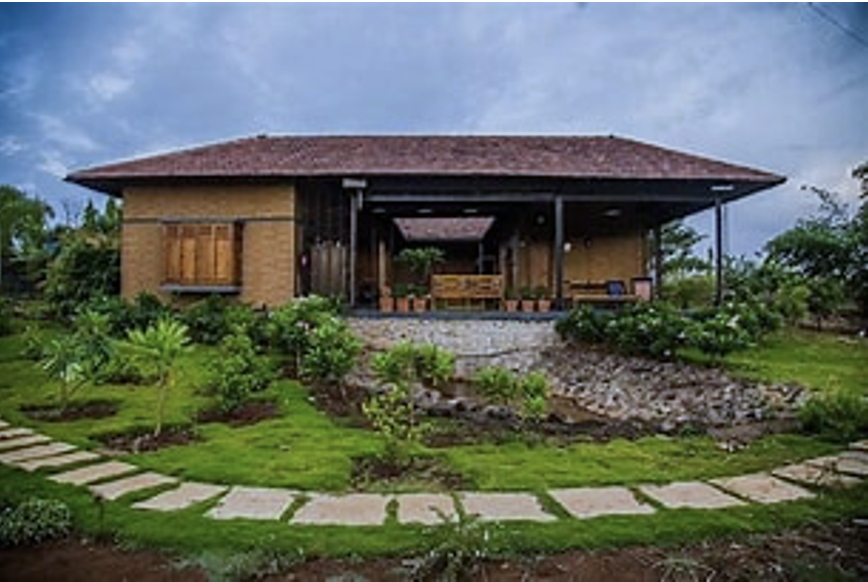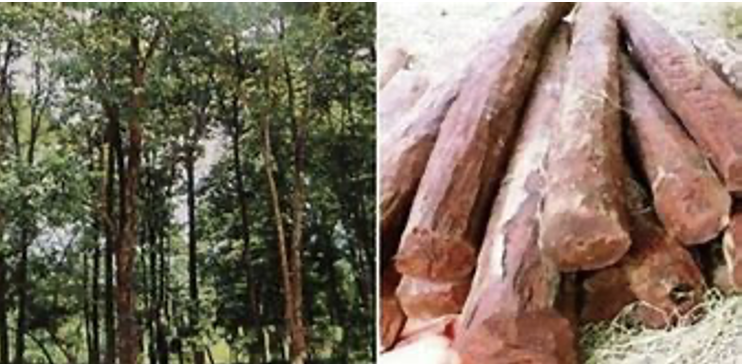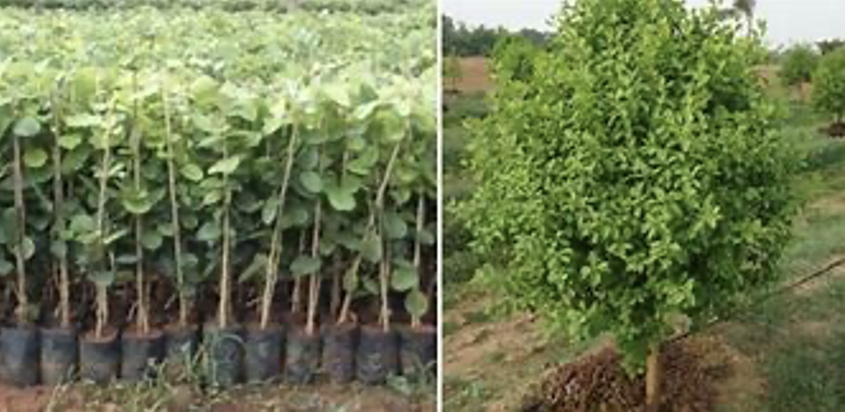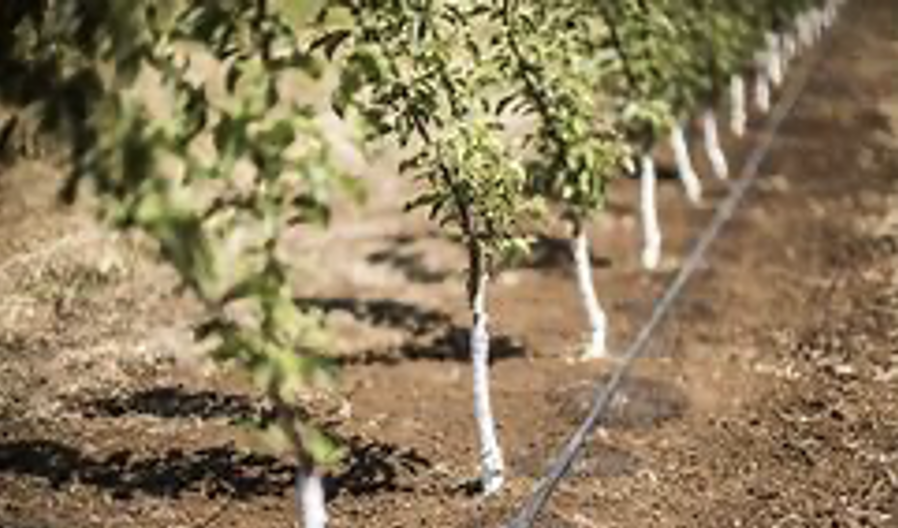Amenities of Managing my Dream Natural Weekend Villa Farm House

In the past, sandalwood farming was thought to be the main economic driver in Mysore, where the state's entire budget was reliant on it. Although sandalwood farming in India has been well-known for many years, it was primarily limited to the forests and plantations of the South Indian state governments. Nevertheless, these governments changed their stance in 2002 to allow for sandalwood farming.
To prevent a sandalwood shortage in the near future, the Karnataka State Forest Department has relaxed the rules governing sandalwood cultivation. The Karnataka Tree Act of 1927 is being suggested to be amended, and the forest department permits people to freely own and do sandalwood cultivation. After careful examination by the officials, permission is granted to chop down a sandalwood tree that is owned by a private individual. When all legalities are completed, the fallen tree is brought to the sandalwood warehouse and auctioned. Private sandalwood cultivation of this priceless tree is currently expanding quickly.
Indian sandalwood is widely valued for its aromatic, fragrant wood, which is one of its main characteristics.
In the worldwide markets, sandalwood is in great demand (20,000 metric tonnes and 1,000 tonnes, respectively), and the present global supply cannot keep up with this demand, which has caused sandalwood prices to skyrocket. Growing sandalwood is a tremendously lucrative industry that requires very little upkeep. Continue reading to learn more about the cultivation process and upkeep information In order for the trees to develop healthily, you need the proper climate, land, soil, and irrigation system if you plan to engage in sandalwood farming. To attain a good ROI (Return on Investment), you must plan out the entire procedure in advance. Climate Condition Sandalwood trees grow best in hot, humid climates seen in tropical and subtropical locations. The cultivation requires areas at fairly higher altitudes and temperatures between 12 and 40 degrees Celsius (preferably 2000 to 3500 feet above sea level).

Sandalwood is the only wood in the world that is sold by weight, and investing in its cultivation may yield enormous returns. The top-quality sandalwood is occasionally sold for about Rs 10,000 per kilogram, with a market price range of Rs 3,000 to Rs 7,000 per kg. The heartwood of a sandalwood tree begins to develop around the age of eight and may be harvested 12 to 15 years following planting. .

Sandalwood is in great demand in both the domestic and global markets. So, investing in the growth of sandalwood will yield substantial rewards .

You might anticipate a harvest of 5000 kg of sandalwood from an acre of land. Sandalwood cultivation will cost around Rs 8 to 10 lakh per acre, but the profits might be anywhere from Rs 3 crore to Rs 4 crore.

Sandalwood may grow in a range of soil types, including rocky hard ground, clay-rich black soil, sandy soil, and soils that are red clay-rich. It can even withstand gravelly soil. The pH of the soil needs to fall between 6 and 7.5 .

Sandalwood plants require less water to grow. Throughout the summer, the young sandalwood plants require watering once every two to three weeks. In the event of rain, they might not need irrigation .

In sandalwood farming, seeds are mostly used for sowing. You may pick the Chandan seeds from these trees between August and March after they are 15 to 20 years old. Before they seminate on nursery beds, the seeds you have gathered need to be well-treated and dried in the sun. For the planting of sandalwood seeds, the nursery has two different types of seedbeds available:
.jpg)
On nursery beds, a seedling can reach a height of 30 to 35 cm after 7 to 8 months. Also, they will
get ready for being moved to the primary pitch. You must concurrently excavate a trench measuring
45*45*45 cm for the planting of sandalwood seedlings while preparing the area or soil for the
cultivation of sandalwood trees.
.jpg)
When planting seedlings, you must make sure that water will not remain stable in pits.
If the holes contain any water, you must remove them from the sunshine for a few days. Also, you
must maintain a 10-foot space between each plant. After four years of planting, your sandalwood
trees will begin to bloom.
.jpg)
Even though there are various sandalwood species, just two of them—White Sandalwood and Red Sandalwood—are cultivated the most frequently. White sandalwood is quite expensive due to its beauty and therapeutic qualities. It has a variety of medicinal properties that are used in alternative treatments. Learn about their key differences.
.jpg)
.jpg)
The rich scent of sandalwood or Chandan, as well as the products that have been utilized for generations, have made Chandan tree farming extremely popular. Sandalwood trees, also known as Sandalwood or Srigandha, are the longest-living trees. An evergreen tree, sandalwood is mostly employed in commercial, medicinal, cosmetic, and pharmaceutical products. Sandalwood may grow to a maximum height of 13 to 16 meters and a maximum width of 100 to 200 cm. India, Bangladesh, Sri Lanka, Australia, Pakistan, Hawaii, Indonesia, and the Pacific Islands are all home to these sandalwood trees. Also, we surely cannot forget what a great investment it is!
Obtaining organic certification is a crucial step in starting your organic farming business. Here's how to proceed, depending on whether you aim to export your produce or cater to the domestic market:
.jpg)
India Organic Certificate: This certificate, issued by The Agriculture and Processed Food Products Export Development Authority (APEDA), is internationally recognized and allows you to export your organic produce. The certification is based on the National Programme for Organic Production (NPOP).
PGS Organic Certificate: This free certificate, provided through regional councils under the Ministry of Agriculture and Farmers Welfare, allows you to supply organic produce within India.
To legally operate an organic farming business in India, you'll need a few important licenses:
Contrary to popular myths, a variety of crops can be grown organically. It is advisable to:
Having a clear idea of where to sell your organic produce is essential. Here are some options:
Use organic fertilizers and pesticides to avoid adverse effects on the environment and human health. Here are some methods:
Once your crops are ready, harvest them and use the identified market channels to sell your produce.
With careful planning and research, you'll be well on your way to starting a successful organic
farming business.